Line of Symmetry
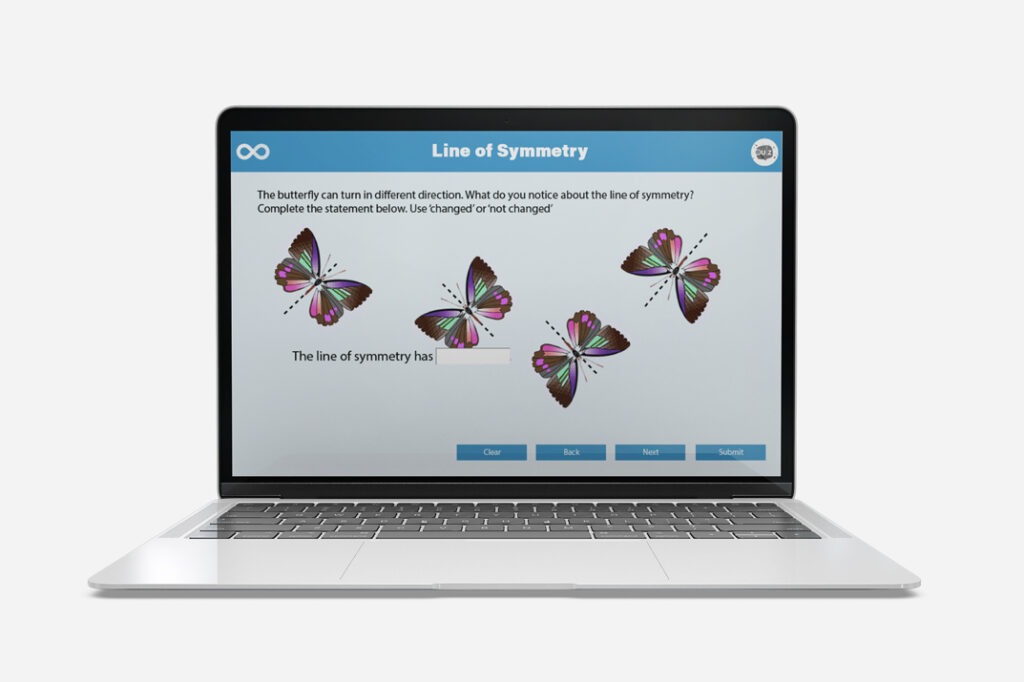
In this lesson, you will be able to identify the different types of angles such as acute angles, obtuse angles and right angles.

In this lesson, you will be able to identify the different types of angles such as acute angles, obtuse angles and right angles.
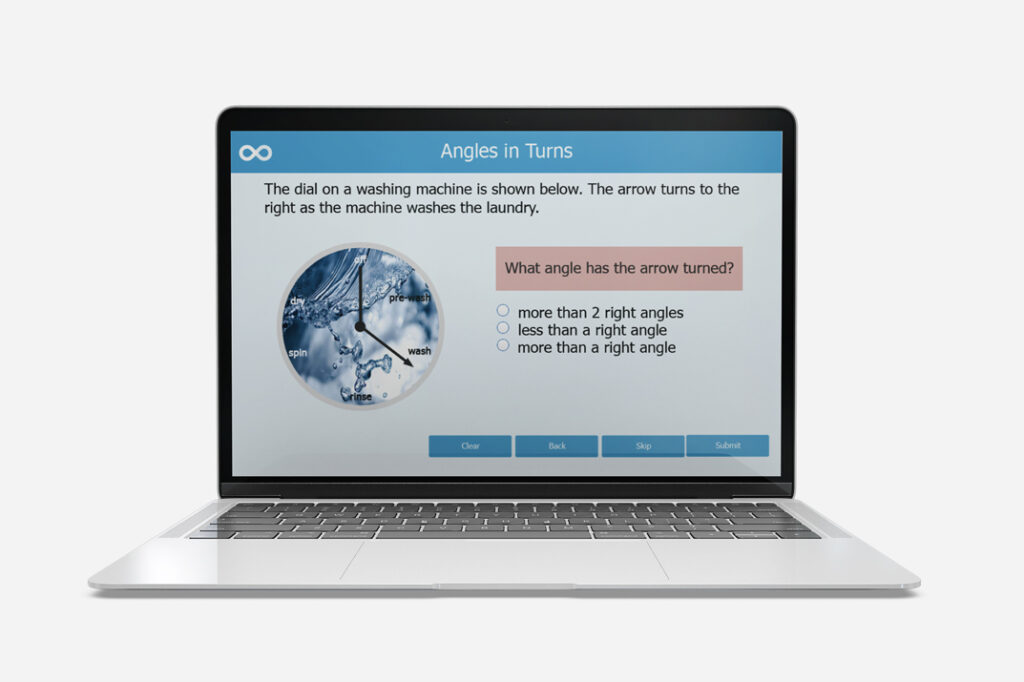
In this lesson, you will be able to identify the different types of angles such as acute angles, obtuse angles and right angles.
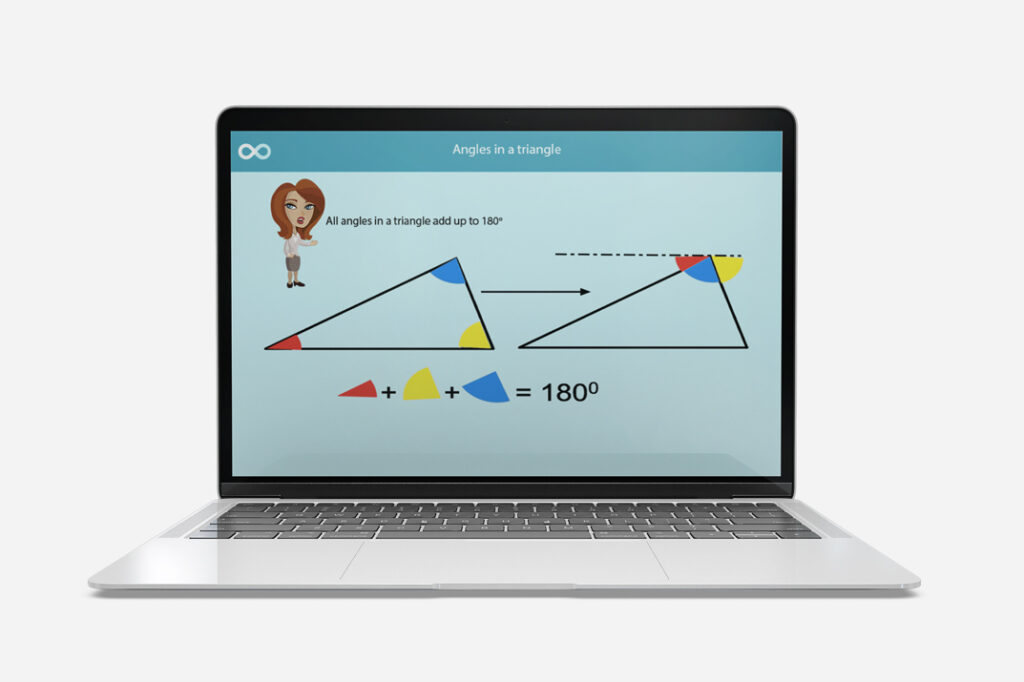
Apply the properties of angles in a triangle to calculate unknown angles with this highly engaging maths lesson with differentiated self-marking activities.
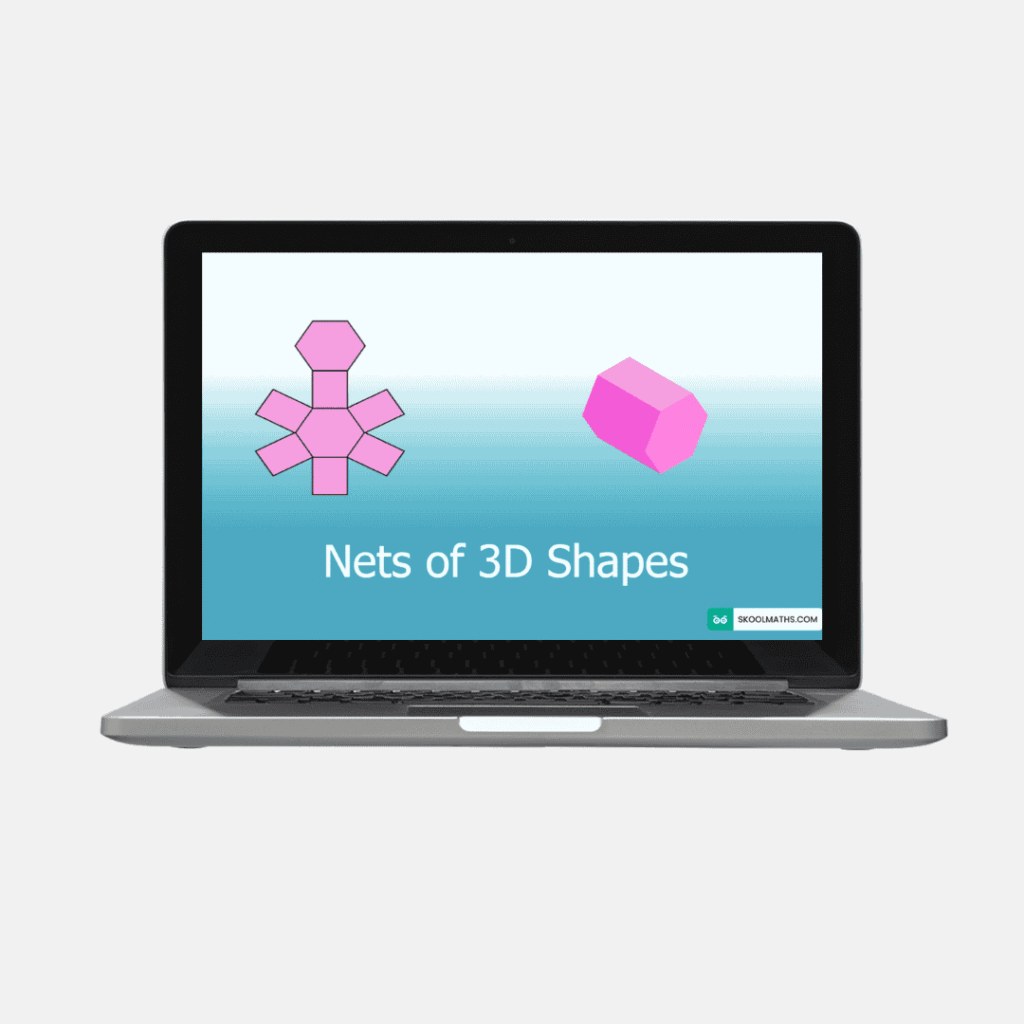
Use your knowledge of 2D and 3D shapes to identify three-dimensional shapes from their nets; and use measuring tools and conventional markings to draw nets of 3d shapes accurately.
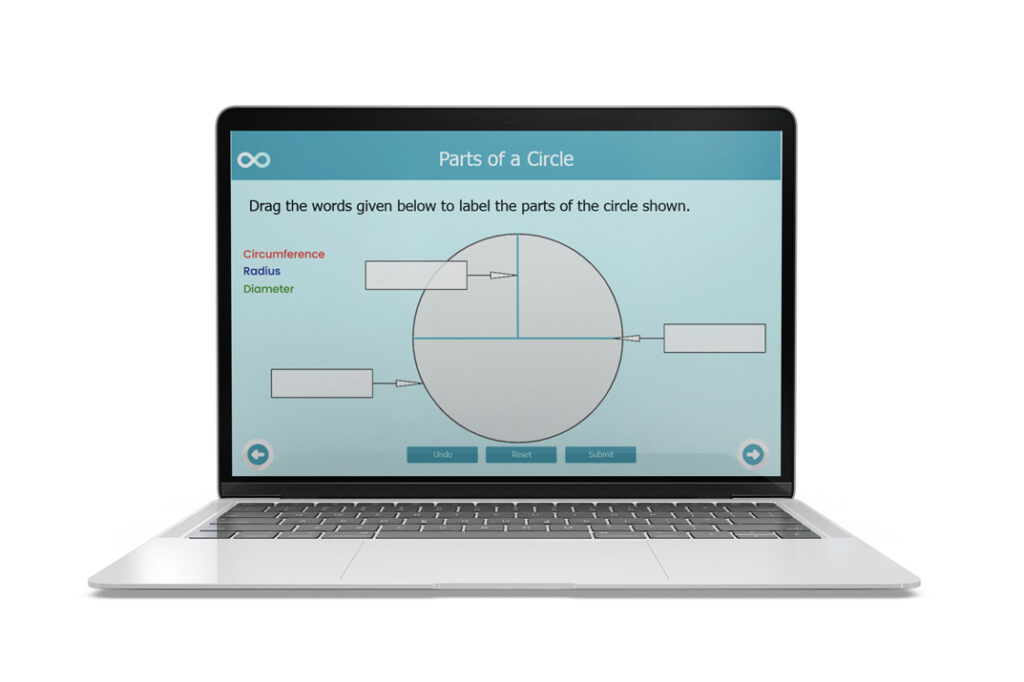
Identify different parts of a circle, including radius, diameter, sector, segment, circumference, arc, etc and use this knowledge to answer questions relating to these parts.
Become a Member Description By the end of this unit, students will be able to: Recognize and identify common 3D shapes, such as cubes, spheres, cylinders, cones, and pyramids. Describe the properties of different 3D shapes, including the number of faces, edges, and vertices. Compare and classify 3D shapes based on their attributes. Apply knowledge […]
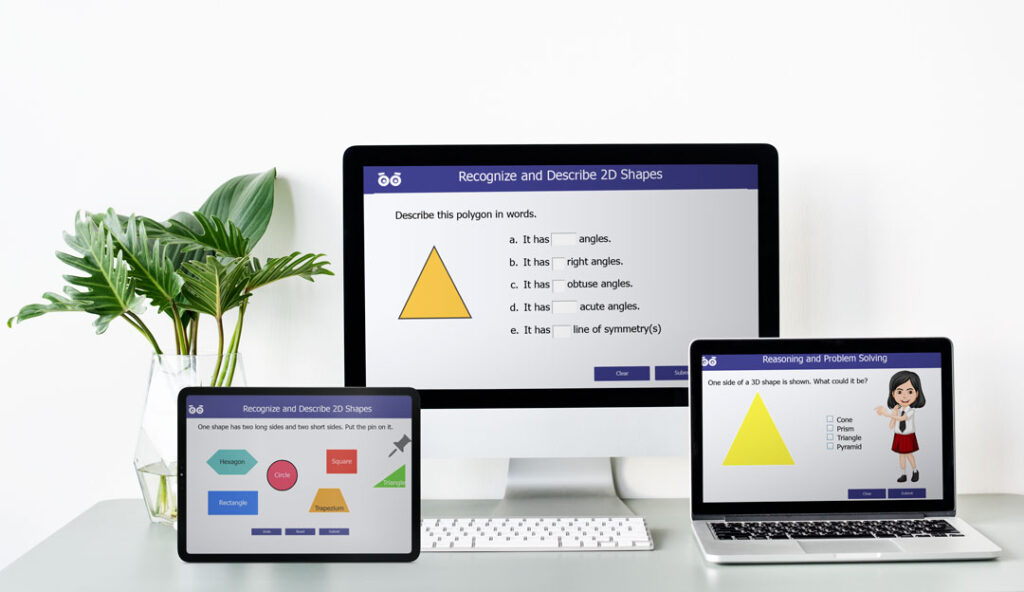
This resource provides clear explanations and engaging examples, making it the perfect tool for year 3 students to learn how to identify and describe 2D Shapes.
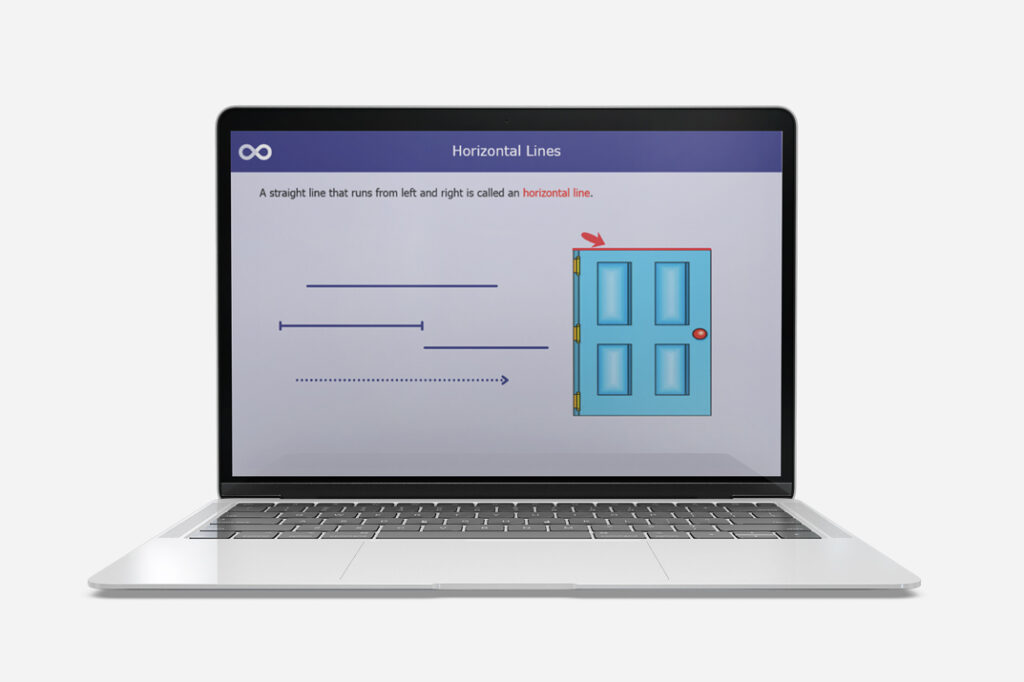
Become a Member Description By the end of this unit, students will be able to: Understand the concepts of horizontal and vertical lines. Recognize and identify examples of horizontal and vertical lines in the environment. Differentiate between horizontal and vertical lines based on their orientations. Apply knowledge of horizontal and vertical lines to basic problem-solving […]
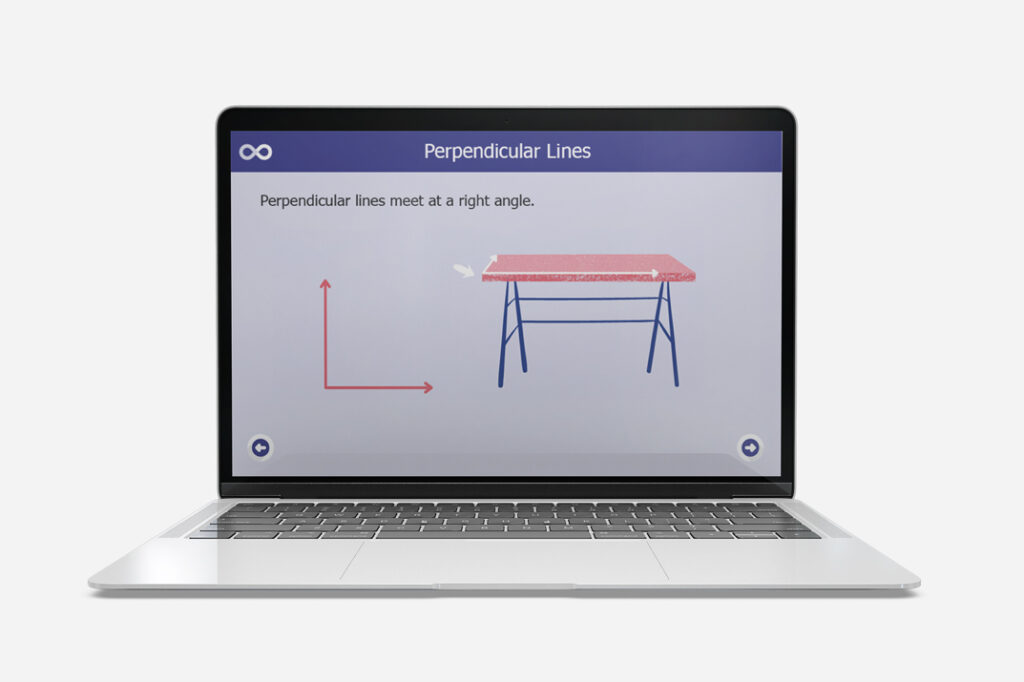
Become a Member Description By the end of this unit, students will be able to: Understand the concepts of parallel and perpendicular lines. Recognize and identify examples of parallel and perpendicular lines in the environment. Differentiate between parallel and perpendicular lines based on their orientations. Apply knowledge of parallel and perpendicular lines to basic problem-solving […]
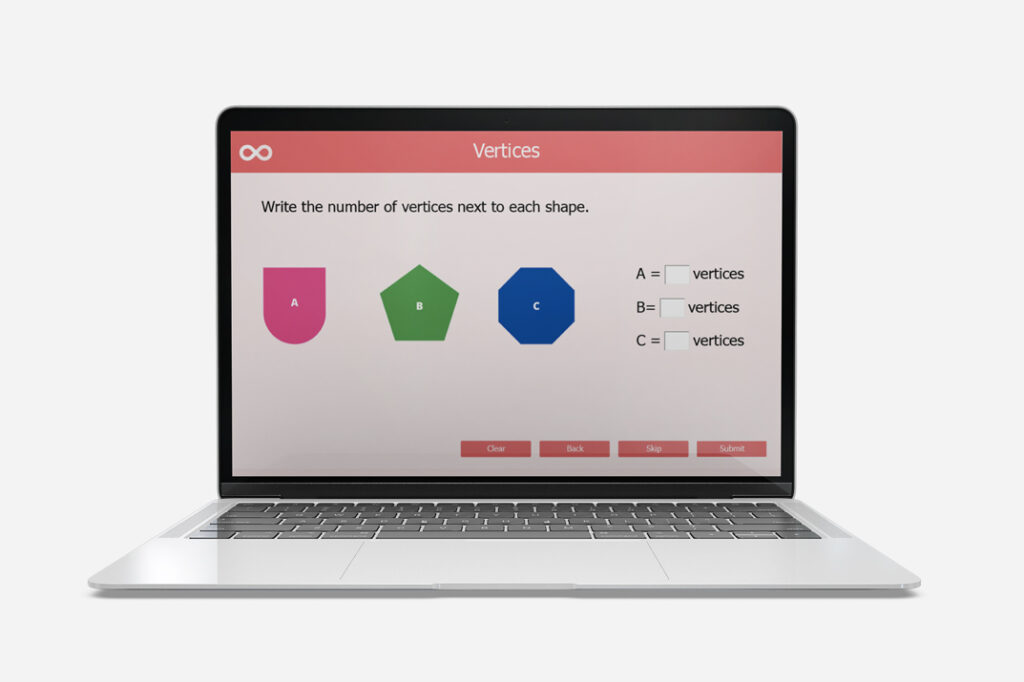
Become a Member Description By the end of this unit, children will be able to: Recognize and name common 2D shapes (e.g., square, triangle, rectangle, circle). Count and identify the number of vertices (corners) in various 2D shapes. Differentiate between shapes based on the count of their vertices. Group and classify shapes based on the […]